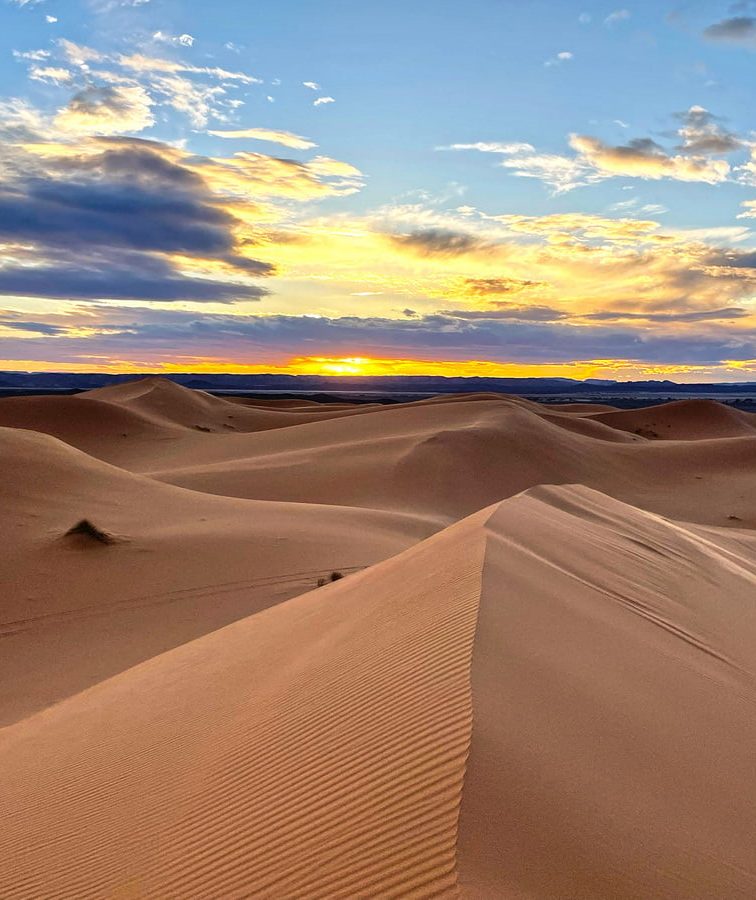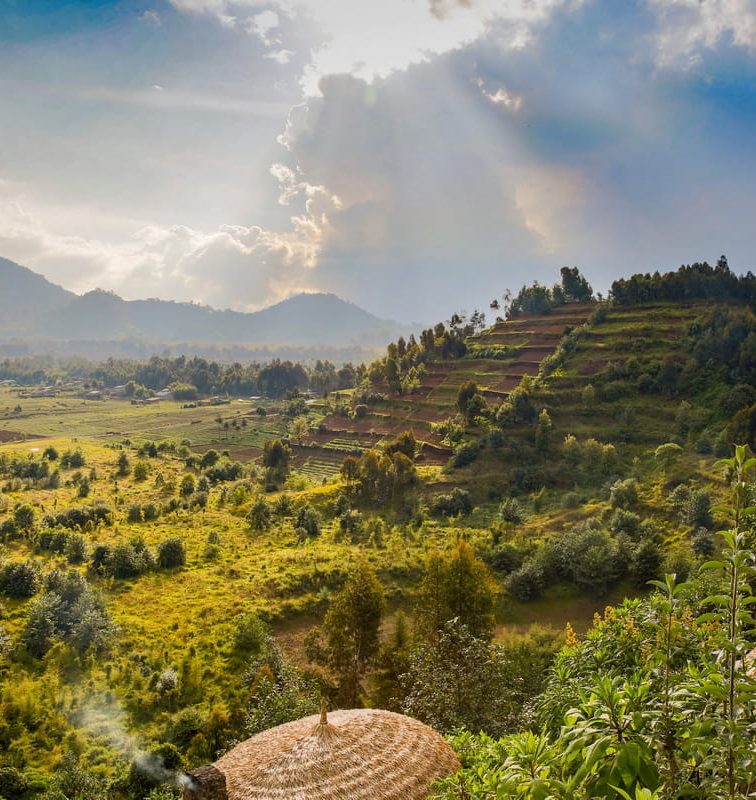Imagine a kingdom, perched among clouds and mountains, with a heritage as rich as the soil beneath its feet. Welcome to Lesotho, the Southern African gem that’s more than just its geographical wonders.
From intriguing traditions to mind-blowing altitudes, here’s a dive into fun facts about Lesotho that’ll make you wish you were there, sipping on traditional brew and dancing to the rhythms of the Lesiba. Ready to embark on this journey? Hold on tight!
1. Encircled Embrace: Lesotho’s Unique Geography
Lesotho stands out as an interesting landlocked country, completely surrounded by South Africa. This distinctive geographical feature results from pivotal historical treaties, notably the Warden Line of 1843 and the Treaty of Aliwal North in 1869. These agreements solidified its borders and emphasized its desire to preserve its autonomy.
Beyond just documents, the topography itself narrates a tale of resilience; with the Drakensberg and Maloti mountain ranges acting as formidable natural fortresses. Despite its landlocked status, Lesotho boasts of over 4,000 square kilometers of water, largely due to the Senqu River and its tributaries.
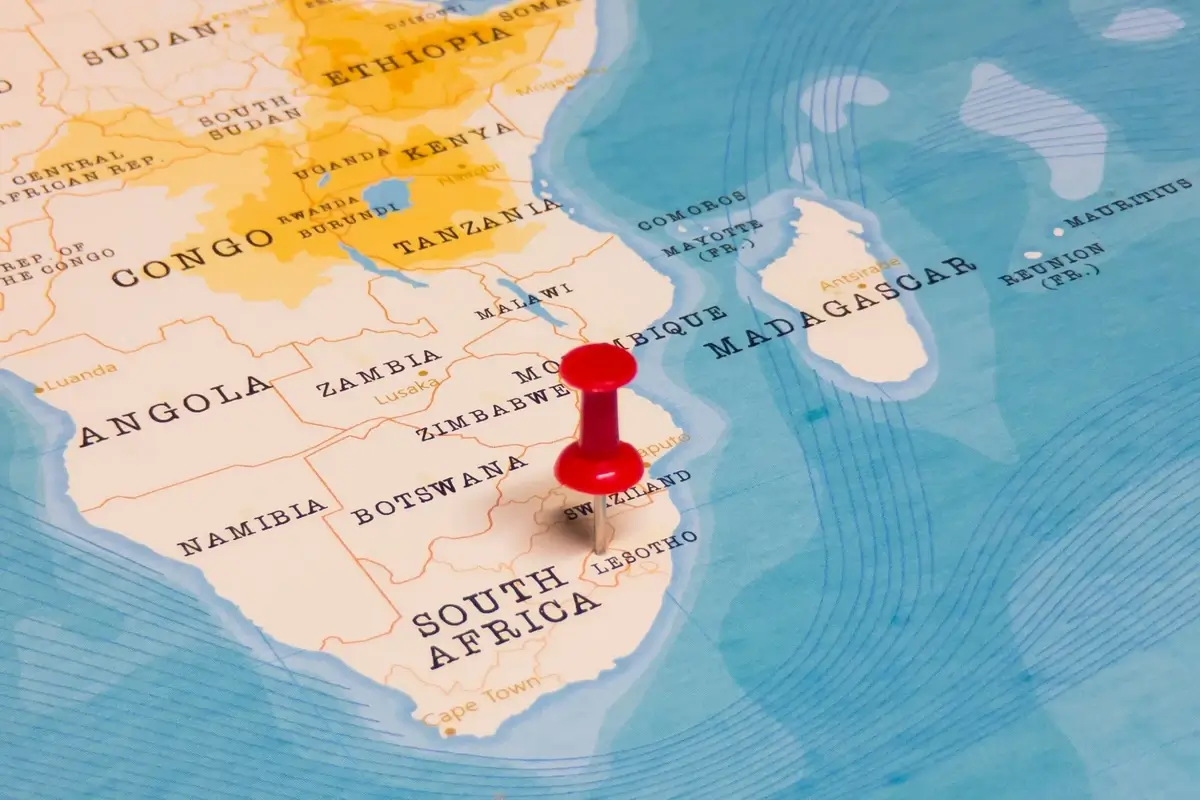
Image source: mappr.co
2. The Rooftop of Africa: Kingdom in the Clouds
While Lesotho’s geography might catch the eye first, its towering altitudes are nothing short of breathtaking. Often referred to as the “Kingdom in the Sky”, it’s not just a poetic nickname but a nod to the nation’s unique topography. With its lowest point being 1,400 meters above sea level, Lesotho proudly holds the record for the highest lowest point of any country in the world.
This elevated terrain isn’t just about bragging rights, though. It directly shapes Lesotho’s climate, biodiversity, and even the lifestyles of its people. The next time someone says “sky’s the limit”, remember there’s an entire country living that motto!
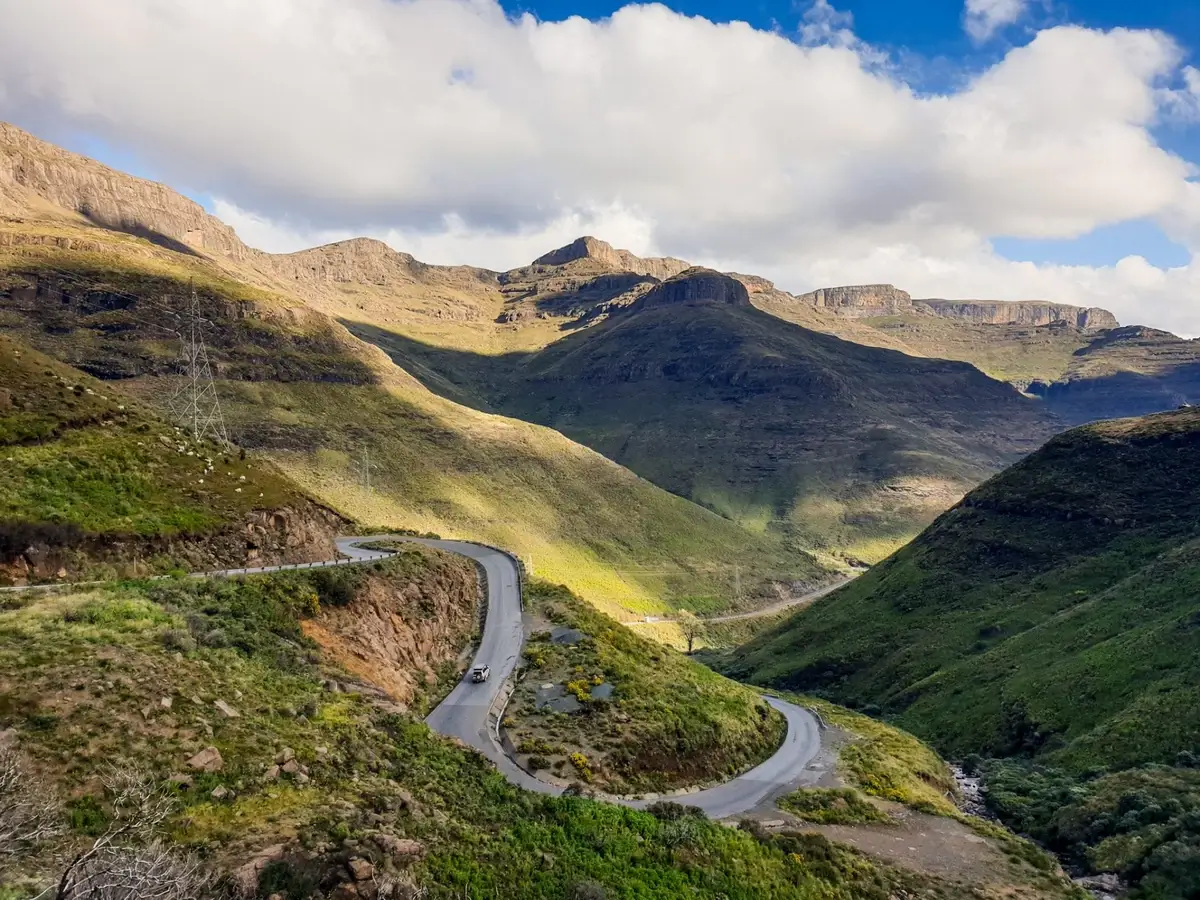
Image source: africanlanders.com
3. Water, Water Everywhere
Did you know that in the parched landscapes of South Africa, a significant volume of water actually originates from another country entirely? Dive into the data, and the statistics are astounding. Lesotho, courtesy of its high-altitude downpours and crystal-clear springs, contributes a massive chunk to South Africa’s water supply, particularly in the Gauteng region.
Initiated in the 1980s, the Lesotho Highlands Water Project (LHWP) is one of the most ambitious inter-basin water transfer projects in the world. With its first phase completed in 2003, the project boasts dams like Katse and Mohale. And here’s a splash of stats for you: the Katse Dam, with its arch design, stands about 185 meters tall, holding back a reservoir with a staggering 1.95 billion cubic meters of water.
This project isn’t just about quenching thirst but also producing energy. The LHWP contributes towards hydropower, generating about 72 MW in its first phase. When you turn on a faucet in Gauteng, there’s a high chance you’re tapping into the lifeblood of the Maloti Mountains, channeled through an engineering marvel.
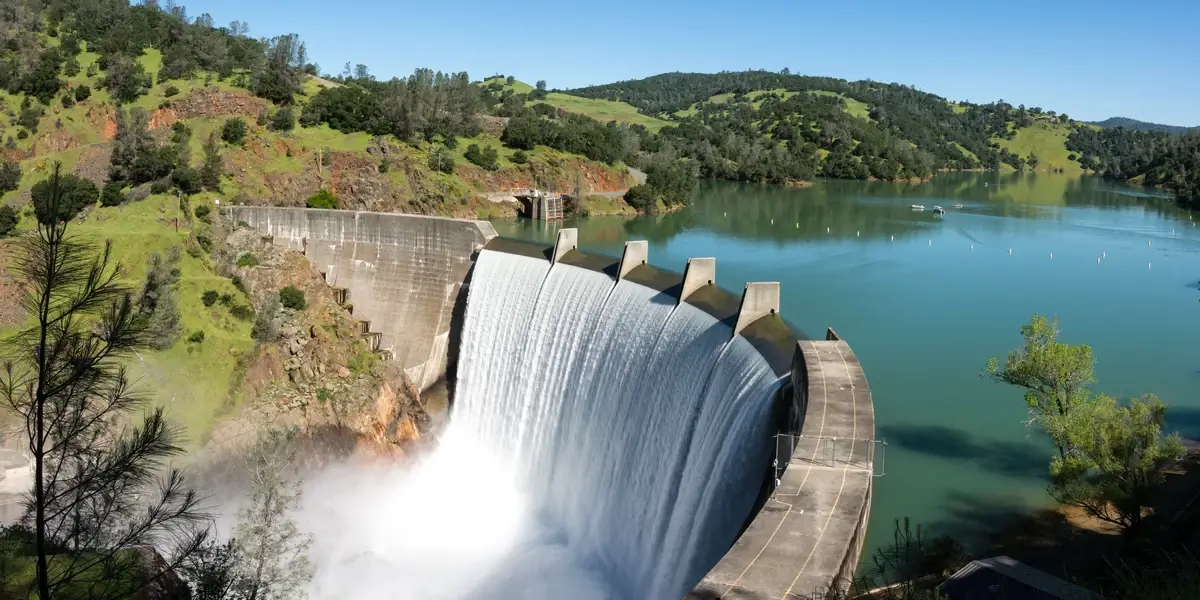
Image source: wtnschp.be
4. Dino-Footprints Galore!
Think of the Jurassic age, and what pops into your mind? Velociraptors? T-Rex? Hold that thought and turn your gaze towards Lesotho, a nation that’s essentially a massive page out of a prehistoric storybook. Numerous sites across Lesotho have provided hard evidence – from the Leribe District to the outskirts of Morija – showcasing footprints of creatures that once ruled our planet.
While many such fossils can be dated back over 200 million years, one standout discovery is the footprint of a Sauropod, a long-necked dinosaur. This isn’t merely a relic of a bygone era; it’s a connection to our Earth’s vibrant history. And did we mention the Lesothosaurus? A herbivorous dinosaur named after the very country it once roamed.
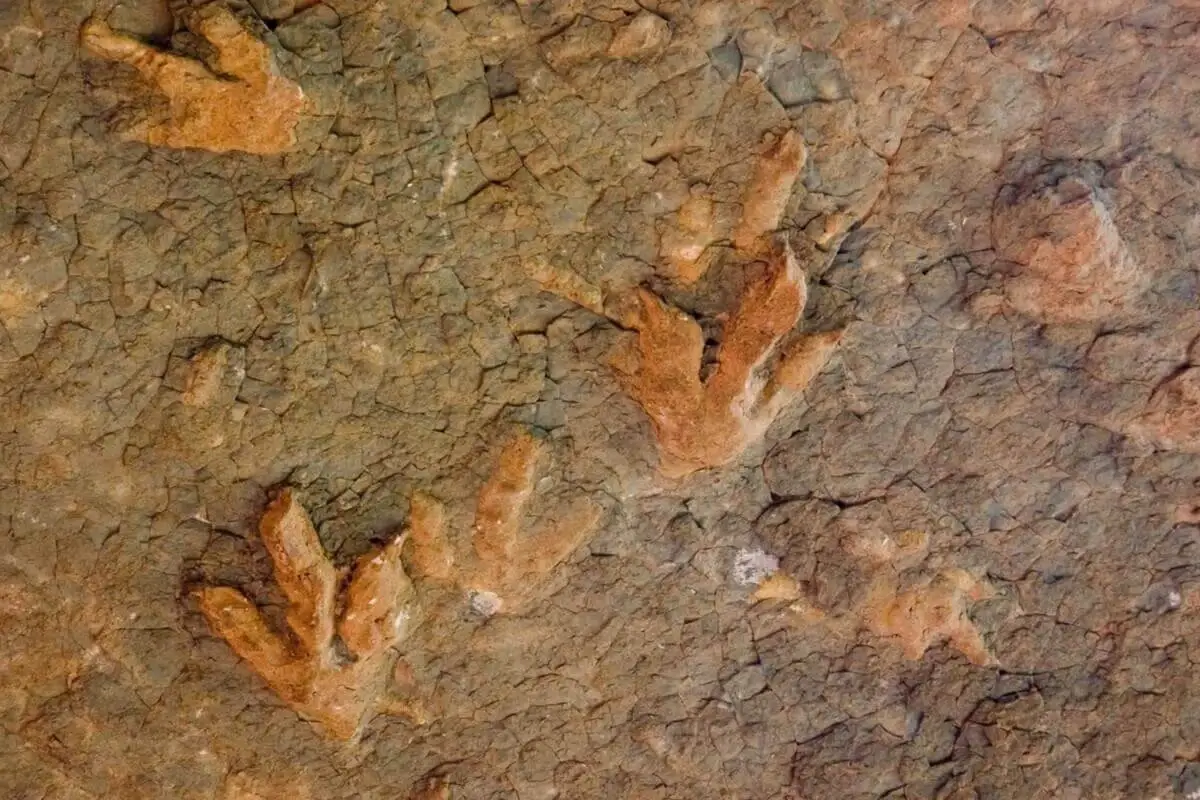
Image source: maliba-lodge.com
5. A Wooly Economy
In the modern age, sheep might symbolize sleep or a peaceful countryside. However, in Lesotho, they’re more than mere animals; they’re a robust economic pillar. The landscape of Lesotho, riddled with highlands and fresh pastures, is perfect for sheep and Angora goats. These animals are not just for pastoral postcards; they’re a significant source of wool and mohair.
Here’s some fun, fluffy data: Lesotho stands as one of the world’s largest exporters of mohair. In numbers? The country produces over 1.5 million kg of mohair annually! A chunk of this goes into making luxury garments, and if you’ve ever wrapped yourself in a mohair scarf, there’s a good chance its origins trace back to Lesotho’s rugged terrains.
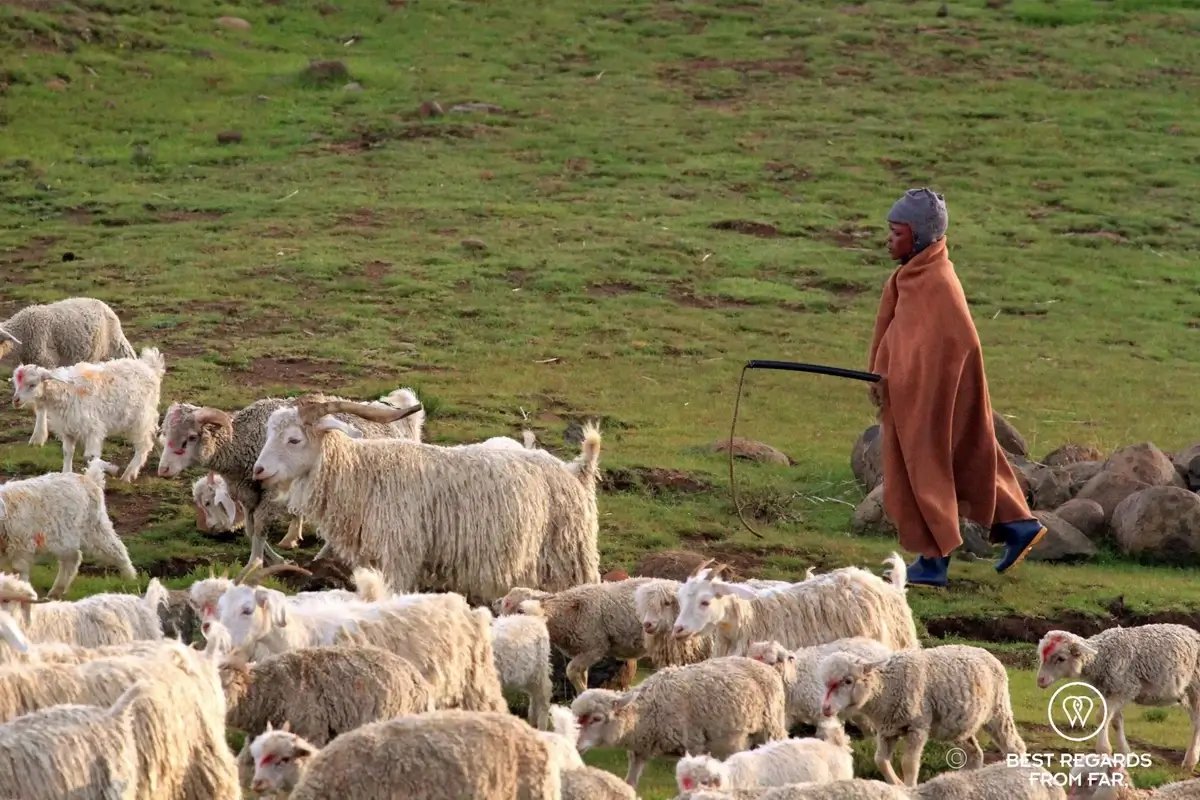
Image source: bestregardsfromfar.com
6. Mountainous Majesty
In the heart of Southern Africa, Lesotho emerges, not as mere land but as a towering spectacle. The entire country sits loftily, earning the title of the world’s only nation to be entirely above 1,000 meters. With the Maloti and Drakensberg ranges cradling the land, it’s no wonder they call it the ‘Kingdom in the Sky.’
Within these towering heights, you’ll find Thabana Ntlenyana, the highest point in southern Africa at 3,482 meters. Think of Lesotho as nature’s own penthouse – a place where the earth meets the sky in a dramatic embrace.
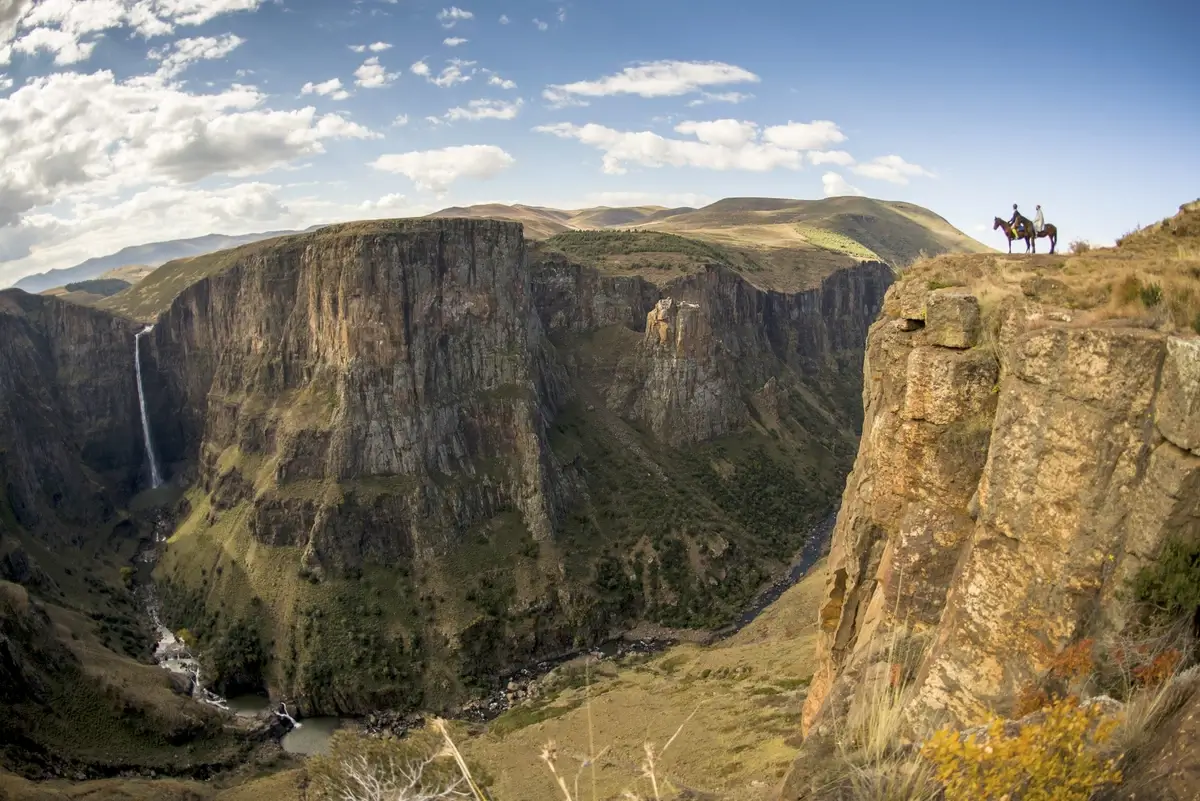
Image source: eyeseeafrica.net
7. Literacy Love
Education is a beacon in Lesotho, illuminating the path to progress. The country has passionately embraced learning, resulting in an impressive literacy rate, especially among women. While the world hustles and bustles, in Lesotho, there’s a serene dedication to books and knowledge.
A dive into the numbers? Well, nearly 80% of the Basotho can read and write. This isn’t just a mere statistic; it’s a testament to Lesotho’s commitment to education, turning pages into possibilities and words into windows of opportunity.

Image source: thelordsnewchurch.org
8. A Royal Kingdom Indeed!
Royalty isn’t just about crowns and castles. In Lesotho, it’s about a legacy. Founded by King Moshoeshoe I in the 19th century, Lesotho’s royal lineage is a tapestry of history and honor. The present-day king, King Letsie III, isn’t just a figurehead; he embodies the spirit of the Basotho people.
The royal palaces, though not as ostentatious as their European counterparts, exude a unique charm, representing Lesotho’s cultural richness. When in Lesotho, one doesn’t just walk on land but on layers of regal history.
9. Musical Heritage
Melodies, rhythms, and beats – Lesotho is a symphony in itself. The musical heritage here is not just about tunes; it’s a reflection of the soul of the nation. From the ‘famo’ music genre, rooted in the accordion and oil-can guitar, to the traditional ‘litolobonya’ dances, Lesotho’s soundscape is diverse and enchanting.
Not just an art, music in Lesotho is a narrative, often weaving tales of love, challenges, and celebrations. So, the next time you hear a song from this mountainous marvel, know that it’s a note from Lesotho’s heart to yours.
10. Colorful Flag Symbolism
Lesotho’s national flag, adopted in 2006, is more than just a combination of colors; it’s a narrative of the nation’s history and values. The blue symbolizes the sky and the rain, reflecting the importance of water to the nation, especially given Lesotho’s crucial role in the Lesotho Highlands Water Project. The white stands for peace, a value that’s been cherished especially since Lesotho gained its independence in 1966. The green mirrors the nation’s agriculture, a vital economic sector. Central to the flag is the ‘mokorotlo’, a traditional Basotho hat, symbolizing cultural unity and national pride.
Diving deeper, while many flags worldwide have blue, white, and green, Lesotho’s unique blend signifies its relationship with nature, peace initiatives, and cultural significance. It’s not just a flag; it’s a representation of the country’s heartbeat.
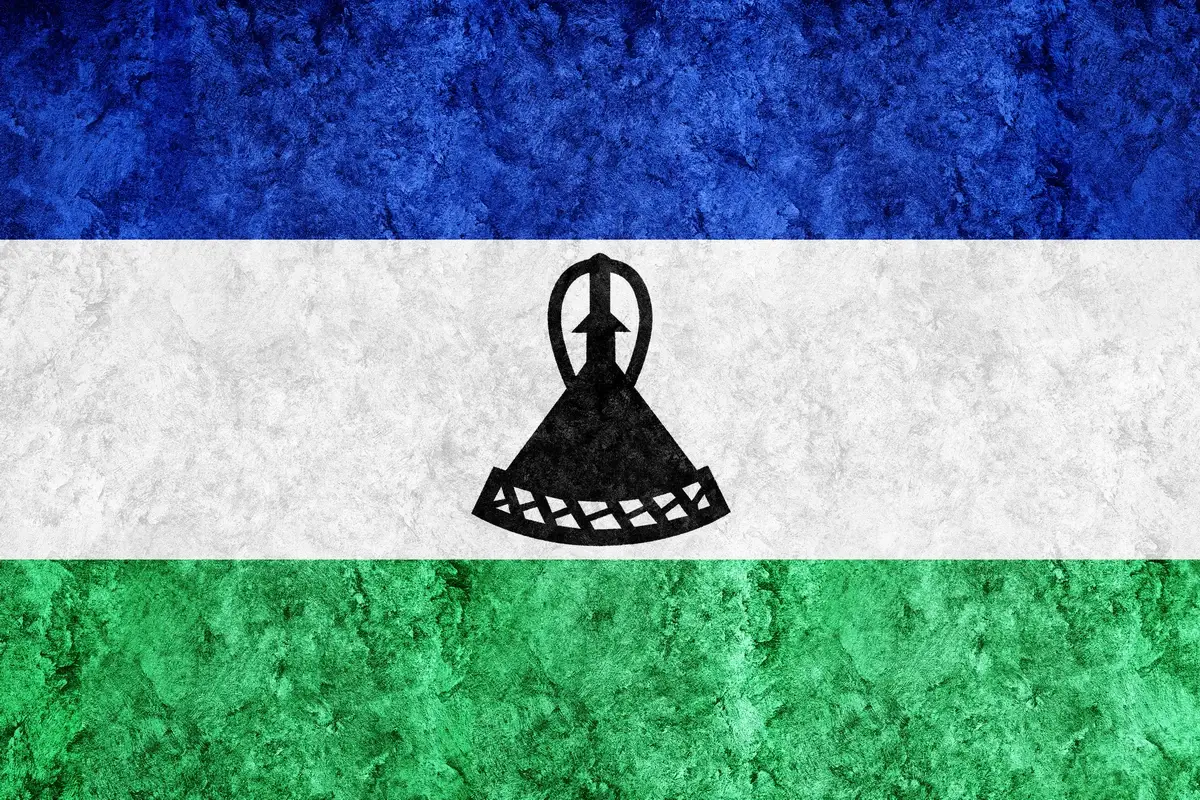
Image by Allexxandar / Freepik
11. Mokorotlo: The National Hat
Not just a fashion statement, the ‘mokorotlo’, Lesotho’s conical hat, stands as a beacon of cultural heritage. Historically tracing back to the 19th century, its design is believed to be inspired by the Qiloane Mountain, a symbol of the nation’s resilience. Its prominence is such that it even graces the national flag of Lesotho.
Despite being a small country, Lesotho’s mokorotlo has influenced global fashion scenes. In 2019, several international designers showcased hats inspired by the mokorotlo, proving that tradition can indeed blend with modernity.
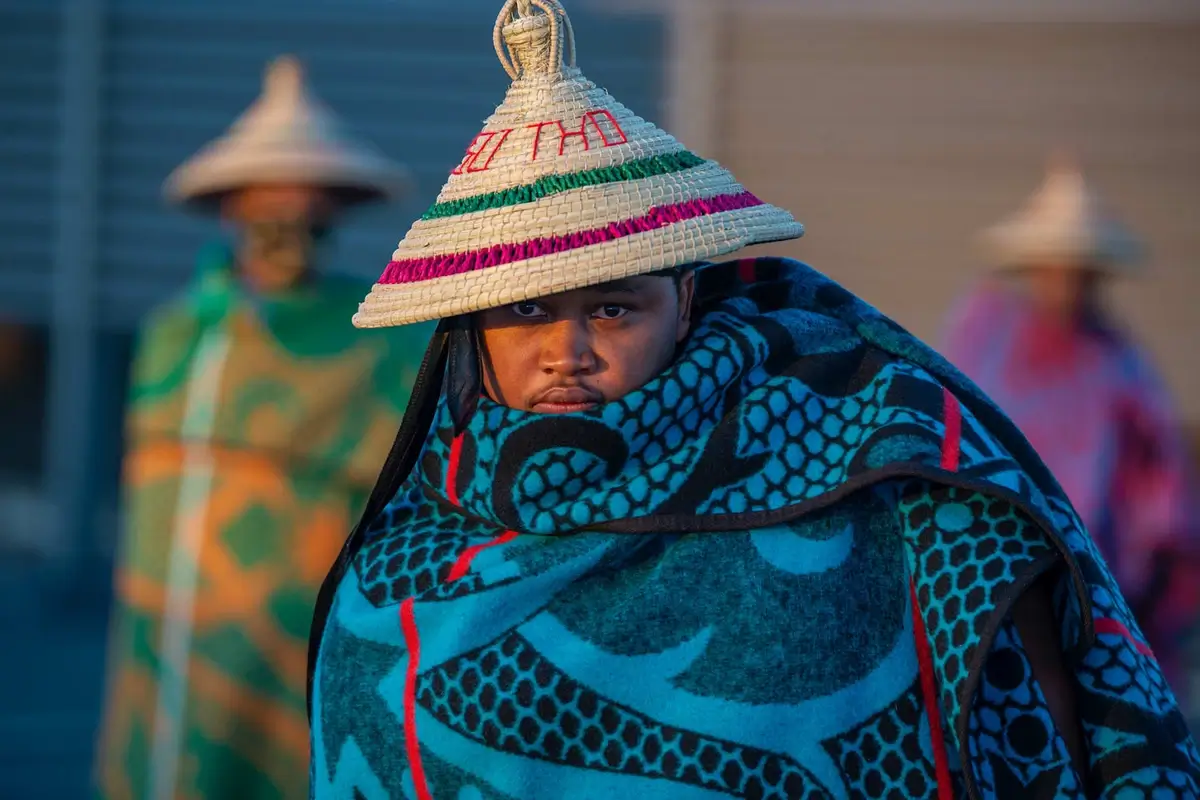
Image source: fakazaduo.com
12. Dancing the Lesiba
The ‘lesiba’, a unique wind instrument, is more than just a source of music in Lesotho. Historians believe its existence in the region dates back to the early 1500s. Played by the herdsmen, its tunes once echoed commands to cattle or even signaled impending danger.
A study conducted in 2017 by the Lesotho Music Society revealed that over 70% of the young Basotho population is keen on learning traditional instruments, with the lesiba topping the list, ensuring its melodies will continue for generations.
13. The “Sotho” Connection
The Sotho connection isn’t merely linguistic; it’s a bond forged over centuries. Historical records from the 1600s detail the migrations and interactions of the Southern Bantu people, highlighting the shared ancestry of the Basotho of Lesotho and the Batswana of Botswana.
A 2015 linguistic research project found that despite geographical separations and modern influences, the core structure and vocabulary of the Sesotho language have remained remarkably consistent, testifying to the strength of the Sotho connection.
14. Independence Day Revelries
On October 4th, 1966, Lesotho broke its chains from British colonial rule. But the date also celebrates the visionary leadership of King Moshoeshoe II, who was instrumental in achieving this milestone. Today, the day is marked with vibrant parades, dances, and an air of gratitude.
Historical archives show that during the first Independence Day celebrations, over 20,000 Basotho gathered in Maseru, turning the city into a spectacle of cultural pride.
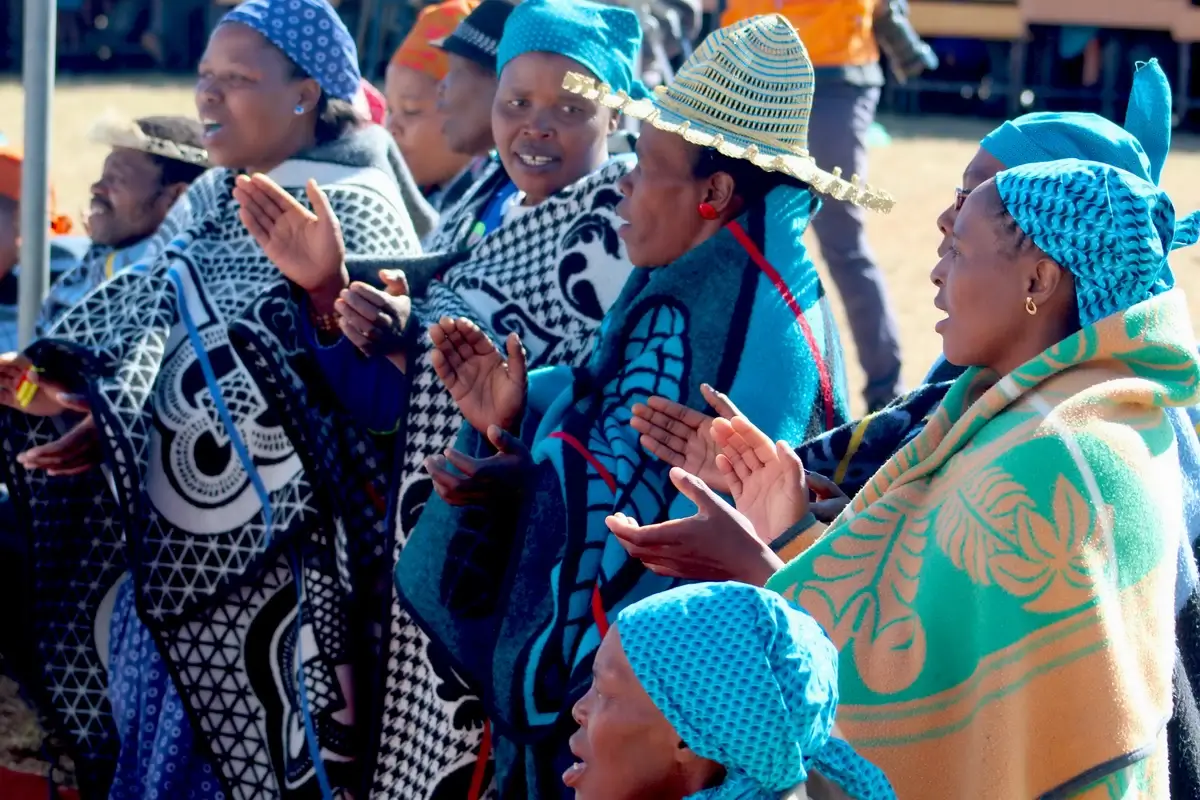
Image source: Wikimedia Commons
15. Pony Power
The Basuto pony, an indigenous horse breed, is no ordinary equine. Bred in the harsh mountainous terrains, these ponies are robust, resilient, and vital to the daily life of many in Lesotho. Historically, they’ve been used for transport, agriculture, and even warfare.
Research conducted in 2018 revealed that a single Basotho pony can traverse the rough terrains of Lesotho faster and more efficiently than most modern vehicles, especially in remote areas.

Image source: beesferryvet.wordpress.com
16. Traditional Tastes
When it comes to Lesotho’s culinary scene, tradition holds its ground. One cannot visit without tasting ‘motoho’, a sour porridge, or ‘oxtail stew’, a dish that dates back centuries. These recipes, passed down generations, are a delightful blend of flavors and history.
According to a 2019 culinary survey, over 65% of tourists claimed that their Lesotho trip became more memorable after savoring traditional dishes, signifying the power of taste in cultural immersion.
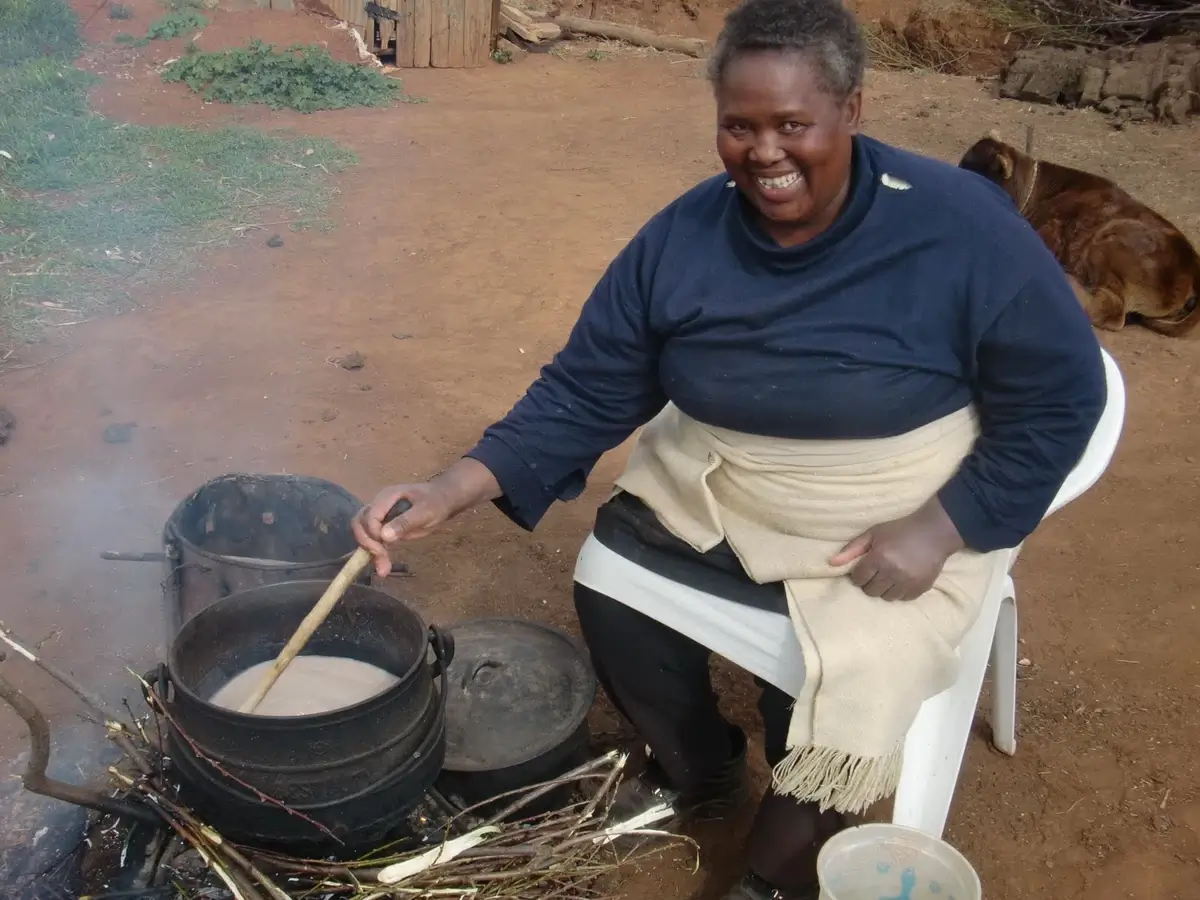
Image source: lesothopcvday.blogspot.com
17. Skiing in Southern Africa
Yes, you read that right! Lesotho, despite its location in Southern Africa, boasts of the only skiing resort in the region: Afriski Mountain Resort. Located over 3,000 meters above sea level in the Maluti Mountains, this resort offers winter sports enthusiasts a unique African skiing experience.
Afriski Mountain Resort attracts over 20,000 visitors annually, as per 2023 data, with many coming from countries never expecting to ski in Africa.
18. The World’s Highest Single Drop Waterfall
Behold the marvel of Maletsunyane Falls! Located near the town of Semonkong, this waterfall cascades an astonishing 192 meters, making it the highest single-drop waterfall in the world. The falls are not just a sight for sore eyes but also carry a haunting legend. It is said that the eerie whistle of the falling water is the wailing of souls of those who’ve perished near its mighty torrents.
According to geological studies from 2015, the bedrock that houses Maletsunyane Falls dates back almost 180 million years, showcasing a profound interplay of natural history and beauty.
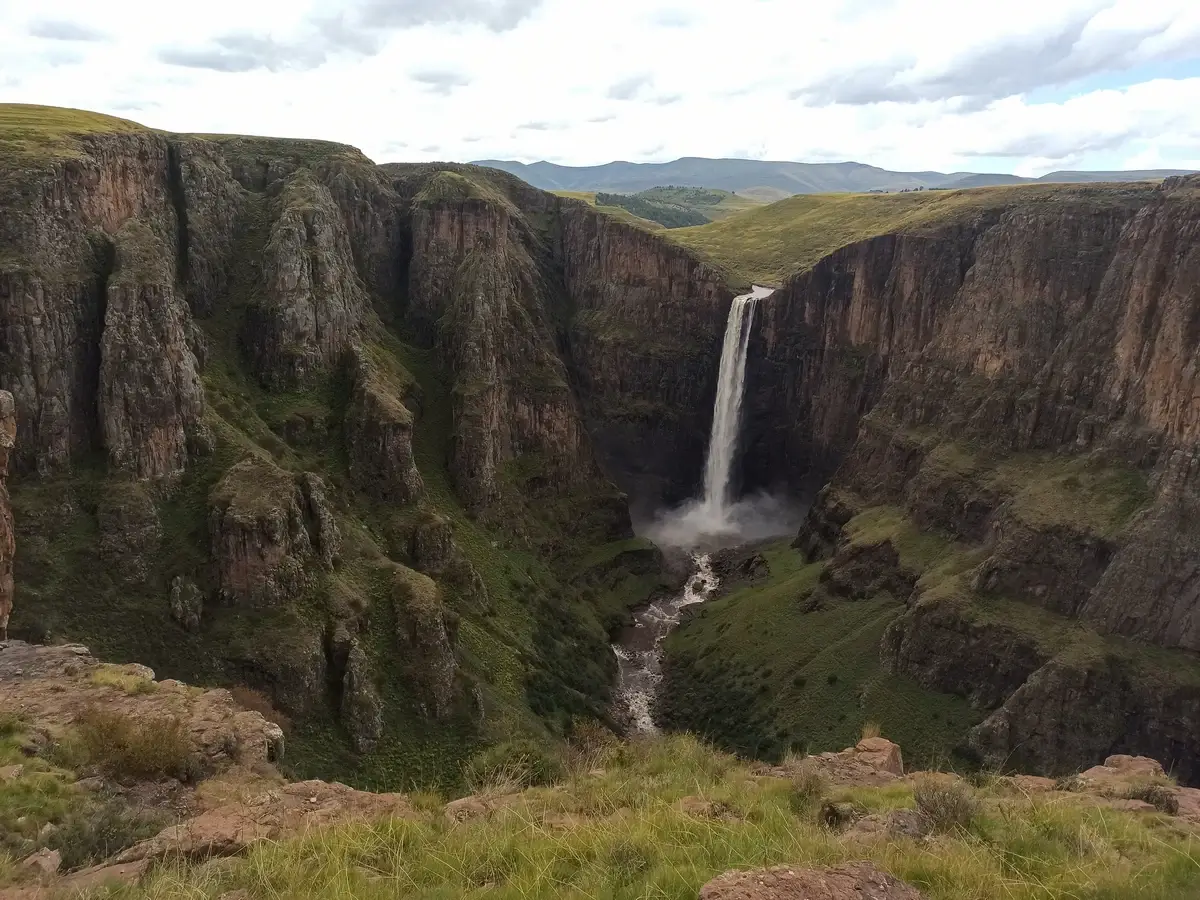
Tara Dutt / Pexels
19. Blooming Beauty: National Flower
Lesotho’s national flower, the Spiral Aloe (Aloe polyphylla), is not just a symbol but a wonder of botanical geometry. Its spiral arrangement, unique to this species, is a mesmerizing pattern that captures the hearts of many botany enthusiasts.
A 2017 botanical survey revealed that due to its uniqueness and vulnerability to habitat loss, the Spiral Aloe is now a protected species in Lesotho, prohibiting its export without a permit.

Image source: Wikimedia Commons
20. Not a Baby Country
While Lesotho might be one of the smallest countries in the world, its history is ancient and rich. Archaeological findings suggest that the region was inhabited as far back as the Late Stone Age. The Basotho nation’s formation can be traced to the 1820s, under the leadership of the revered King Moshoeshoe I.
Rock art and shelters discovered in Lesotho date back over 30,000 years, as per archaeological studies conducted in 2019, making it a treasure trove of ancient human history.
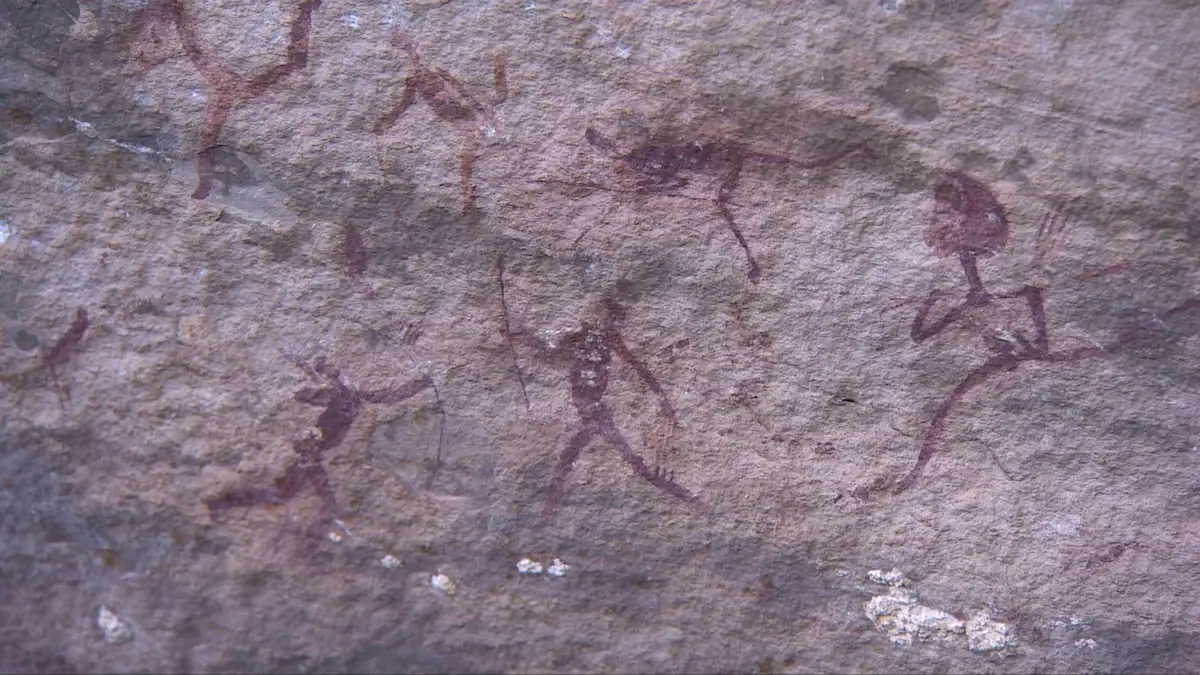
Image source: CNN
21. A Country of Customs
In Lesotho, traditions and customs aren’t just a thing of the past; they’re a vibrant part of everyday life. From initiation ceremonies like “lebollo” for boys to intricate wedding rituals, Lesotho is a country where the past and present harmoniously coexist.
A 2020 cultural survey highlighted that over 90% of Basotho people still adhere to and celebrate at least one traditional custom or ritual annually, showcasing the deep-rooted respect for their heritage.
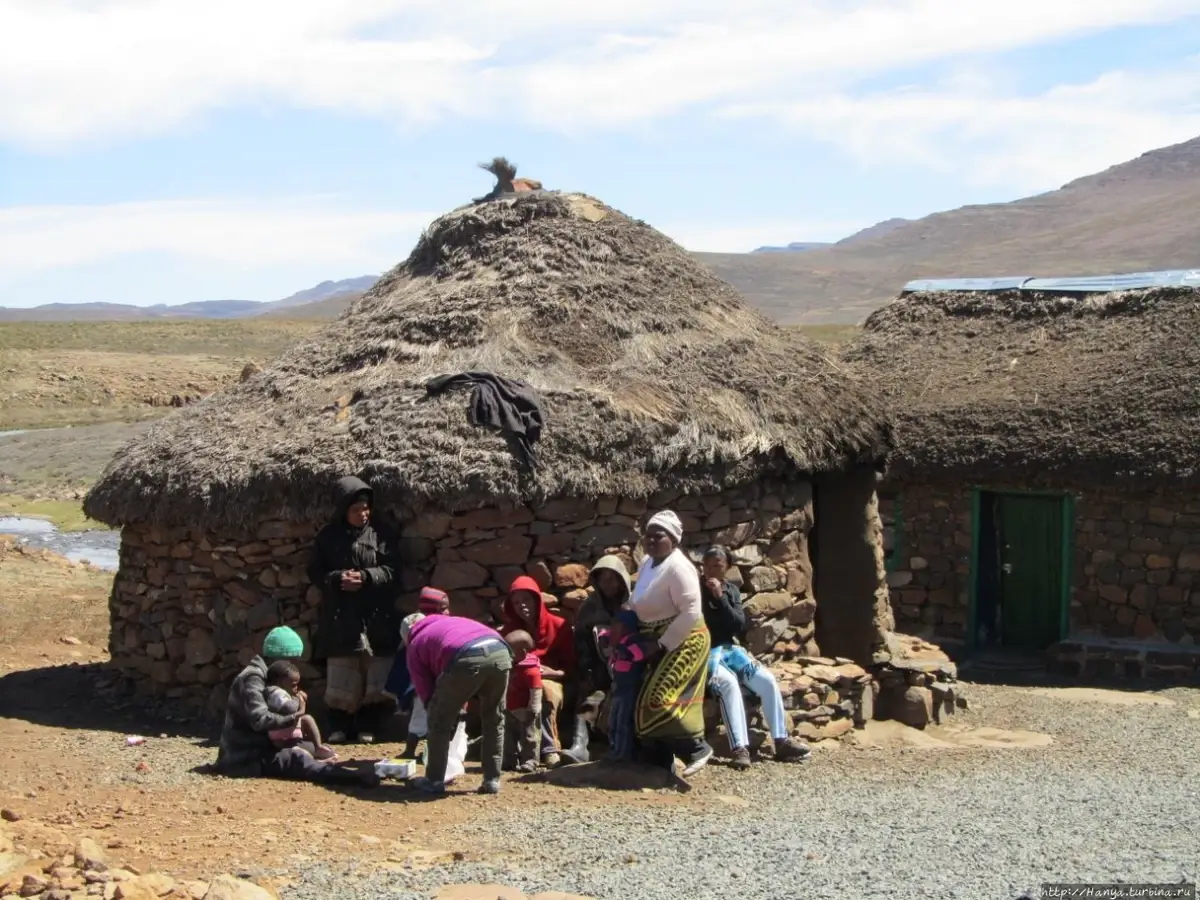
Image source: hanya.turbina.ru
22. A Sporting Spirit
In Lesotho, sports are more than just games; they’re a symbol of unity and cultural pride. The most popular sport is football, with many young talents dreaming of representing their nation on international platforms. The Lesotho national football team, nicknamed “Likuena” (Crocodiles), plays with fervor, embodying the nation’s resilient spirit.
The Lesotho Football Association was established in 1932, making it one of the oldest football associations in Africa.

Image source: thinkwell.global
23. Buzzing with Bees!
Did you know that Lesotho is buzzing with beekeeping potential? The country’s diverse flora provides an ideal environment for honey production. Beekeeping not only contributes to local livelihoods but also aids in preserving the delicate ecological balance.
As of a 2018 agricultural report, there are over 1,200 active beekeepers in Lesotho, producing an estimated 120 tonnes of honey annually.
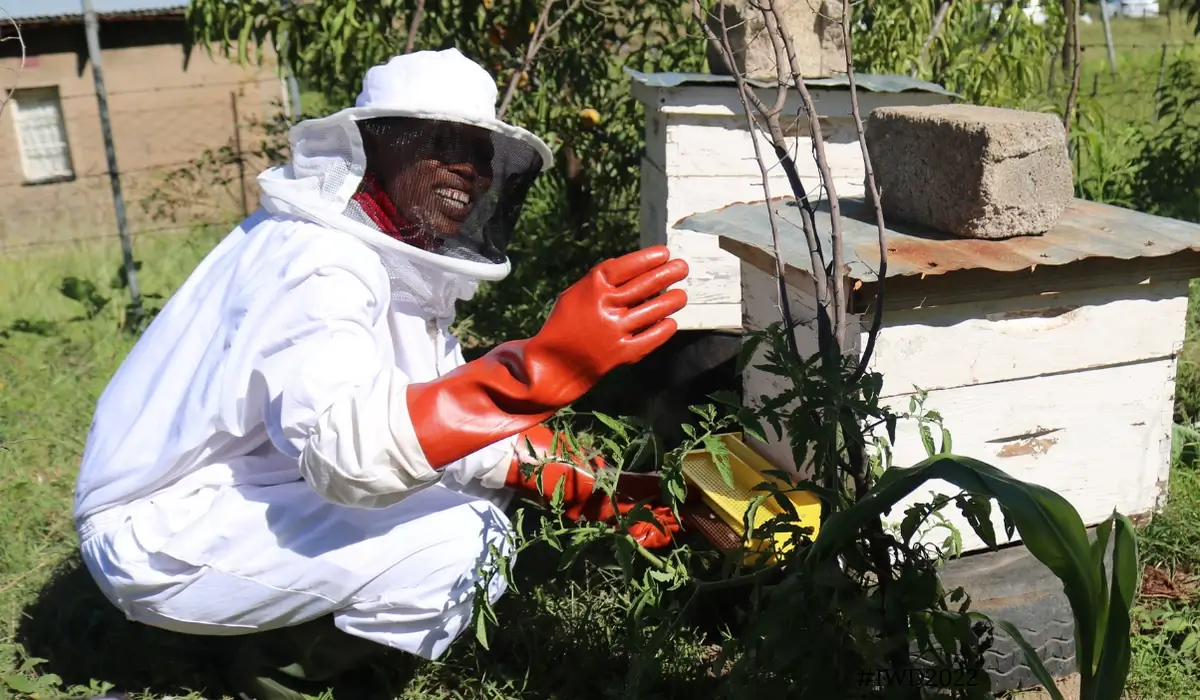
Image source: undp.org
24. The Basotho Blanket
The Basotho blanket, or “Seanamarena”, is more than just a piece of cloth in Lesotho. Worn with pride and elegance, these blankets carry intricate designs, each narrating tales of Basotho heritage, history, and culture. Originally introduced in the 19th century, the blanket has now become a national symbol, worn in ceremonies and daily life alike.
The blanket’s popularity surged after King Moshoeshoe I received one as a gift in the 1860s, integrating it deeply into Basotho identity.
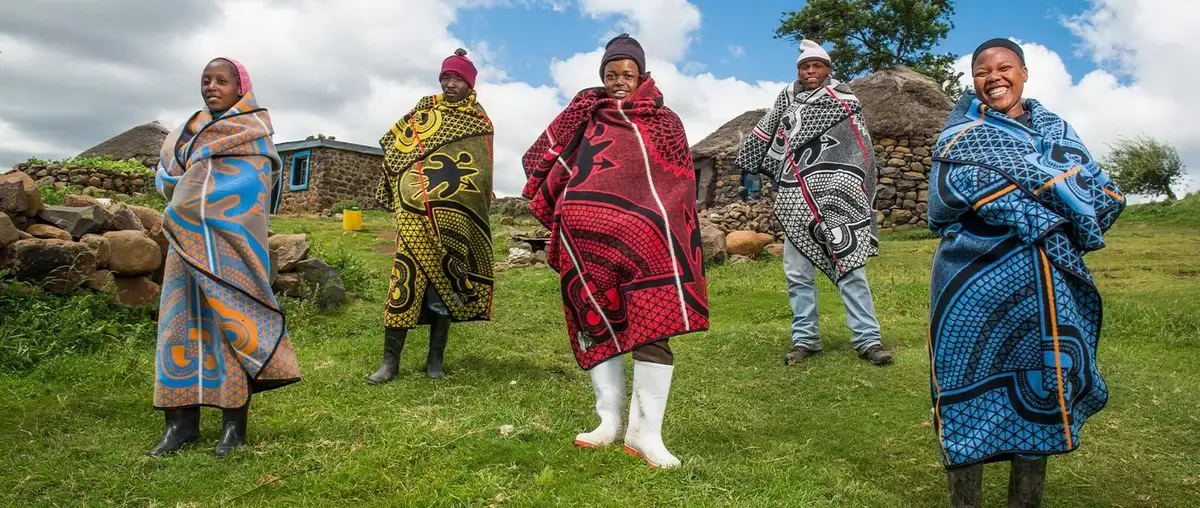
Image source: thulatula.com
25. HIV/AIDS Initiatives
Lesotho has faced significant challenges with HIV/AIDS, but the country’s determination to combat the epidemic is commendable. Through comprehensive initiatives, community outreach, and international collaborations, Lesotho has made significant strides in increasing awareness, testing, and treatment availability.
According to a UNAIDS report from 2020, Lesotho has successfully provided antiretroviral treatment to over 80% of people living with HIV, reflecting its commitment to ensuring better health outcomes.

Image source: icap.columbia.edu
26. Conqueror of Darkness
Lesotho, fondly termed as the “Kingdom in the Sky”, isn’t just majestic in its landscapes but also in its efforts towards electrification. While many regions in Africa grapple with power shortages, Lesotho has been consistently working on harnessing renewable energy sources, particularly hydropower. The Highlands Water Project, one of Africa’s largest infrastructure projects, is a testament to this vision.
Initiated in the 1980s, the Lesotho Highlands Water Project aims to harness the waters of the Senqu/Orange River, producing sustainable electricity and providing water to South Africa.
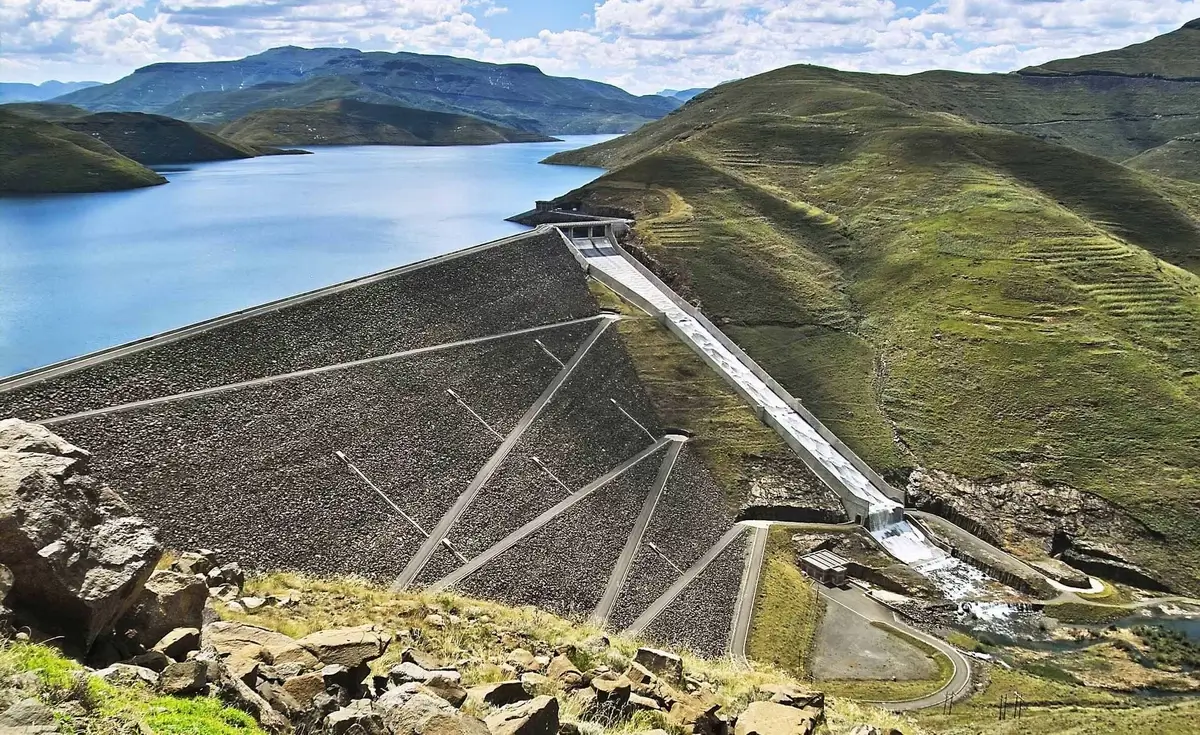
Image source: Pinterest
27. Home to Indigenous Tribes
Before becoming the Kingdom of Lesotho, the area was home to various indigenous tribes, each carrying a rich tapestry of traditions and histories. The San Bushmen, known for their distinct rock art, are believed to have been among the earliest inhabitants, leaving a legacy that echoes in the mountains.
Rock paintings, some dated to be over 2,000 years old, can be found in caves and on rock shelters across Lesotho, bearing witness to the San Bushmen’s vibrant culture.
28. The Birthplace of Jazz in Southern Africa
While not as widely known, Lesotho played a crucial role in the evolution of jazz in Southern Africa. From the 1950s onwards, the country produced notable jazz artists who merged local rhythms with western jazz elements, creating a unique sound.
Famously, the band Sankomota, which originated from Lesotho, became a notable name in the African jazz scene during the late 20th century.
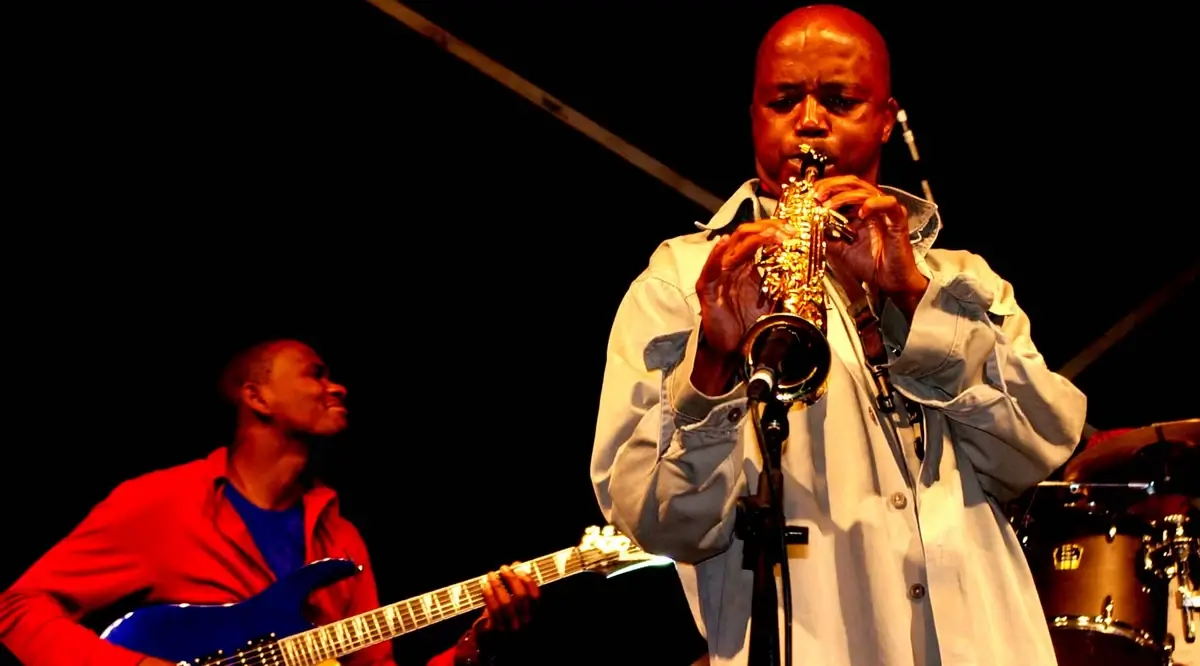
Image source: Lesotho Times
29. Underground Wonders
Lesotho’s landscape is dotted with numerous caves and overhangs, some of which served as dwellings for ancient tribes. The Liphofung Cave, for example, is not only a natural wonder but also an archaeological site, housing ancient San rock art.
Liphofung Cave, measuring around 39 meters in width, holds some of the finest examples of Bushman paintings in the country.
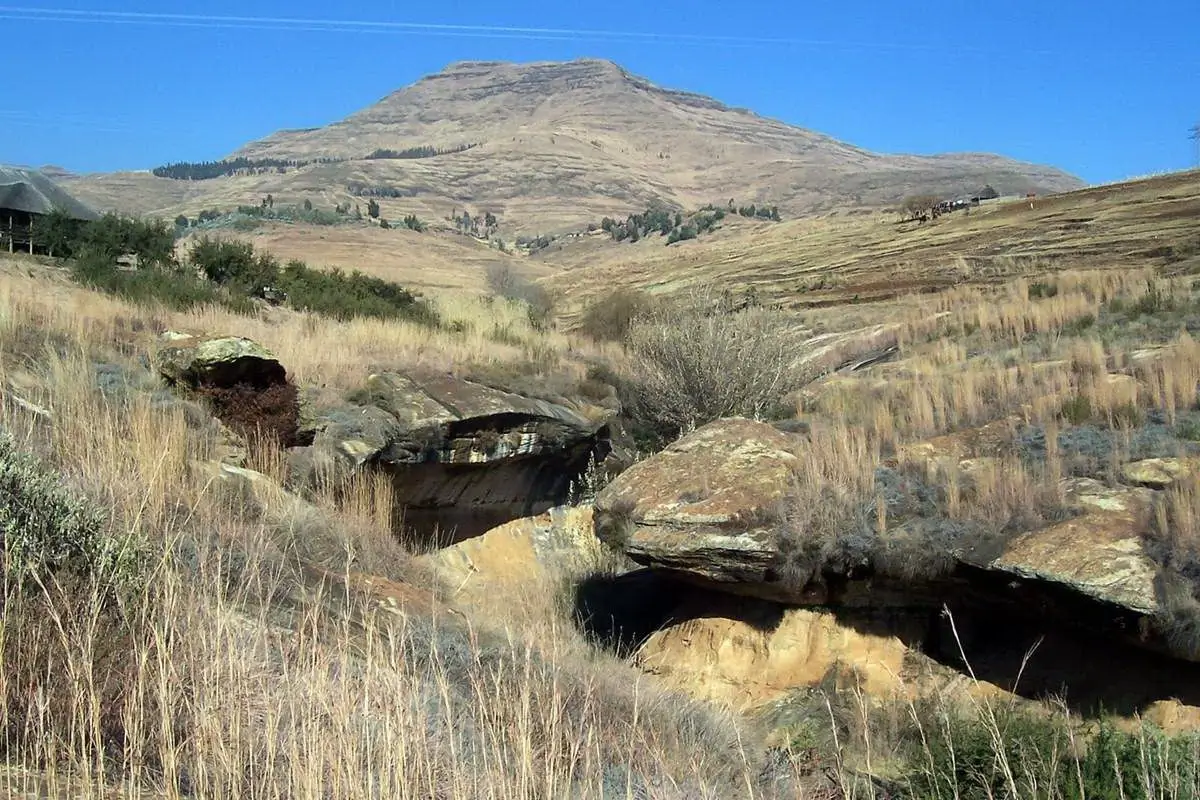
Image source: worldlist.vision
30. The Stone-Sheltered Settlements
Lesotho’s mountain regions are dotted with traditional stone huts known as ‘mokhoro.’ These huts, made using locally sourced materials, are designed to withstand the country’s chilly high-altitude climate.
The circular design of these huts is not just for aesthetics; it helps in even heat distribution, ensuring the interiors remain warm.
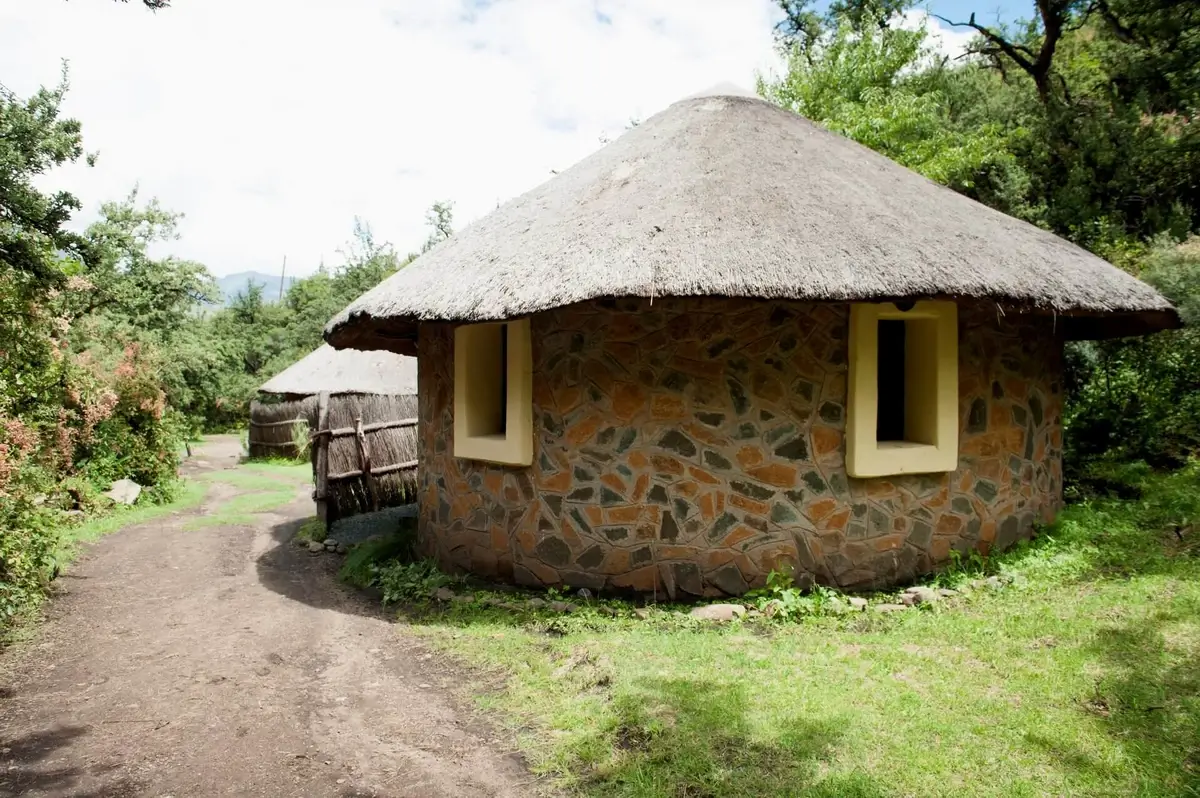
Image source: maliba-lodge.com
FAQ
Why is Lesotho so unique?
Lesotho is unique primarily because it’s an enclaved country, meaning it’s completely surrounded by another country, in this case, South Africa. Furthermore, it’s the only country in the world to lie entirely above 1,000 meters in elevation. This high-altitude grants Lesotho a distinct climate and landscape, differing significantly from its surrounding regions.
What is Lesotho known for?
Lesotho is known for its mountainous terrain, rich cultural heritage, and being the water tower of Southern Africa, thanks to its significant freshwater reserves. It’s also recognized for its traditional woven hats, blankets, and the vibrant Sesotho language and music.
What is the biggest problem in Lesotho?
One of the most pressing challenges for Lesotho has been its high HIV/AIDS prevalence rate, which is one of the highest in the world. This has led to reduced life expectancy, increased child mortality, and significant socio-economic impacts.
What is Lesotho rich in?
Lesotho is rich in fresh water, with the Highlands Water Project being one of the most extensive water conservation initiatives in the world. The country also has deposits of diamonds, which is a vital export product.
Why is Lesotho called the Switzerland of Africa?
Lesotho is often referred to as the “Switzerland of Africa” because of its mountainous terrain, similar to that of Switzerland in Europe. The comparison is also due to its alpine beauty and relatively cooler climate compared to its surrounding regions.
What is the national animal of Lesotho?
The Black Rhinoceros is the national animal of Lesotho, symbolizing the country’s rich biodiversity and commitment to conservation.
Why is Lesotho different from South Africa?
Though entirely surrounded by South Africa, Lesotho maintains its distinct cultural, historical, and political identity. It has its own monarchy, governance system, and official languages. Furthermore, its high-altitude landscape gives it a different climate and ecology compared to its neighbor.
Why do people go to Lesotho?
Travelers are drawn to Lesotho for its breathtaking landscapes, including the magnificent Drakensberg and Maloti mountain ranges, unique cultural experiences, and adventure sports opportunities like skiing, horse riding, and hiking.
What is the unique food and drinks in Lesotho?
Lesotho boasts traditional dishes like ‘papa’ (a maize porridge) and ‘motoho’ (a sour porridge). Common accompaniments include ‘moroho’ (wild spinach) and ‘sechu sa khoho’ (chicken stew). For drinks, the locally brewed beer known as ‘joala’ is quite popular.
Why is Lesotho called the Kingdom in the Sky?
Lesotho is often dubbed the “Kingdom in the Sky” because of its lofty altitude. Being the only country in the world entirely above 1,000 meters, much of its terrain sits high above sea level, giving visitors the feeling of being closer to the sky. The majestic mountain vistas and clear blue skies accentuate this moniker.






